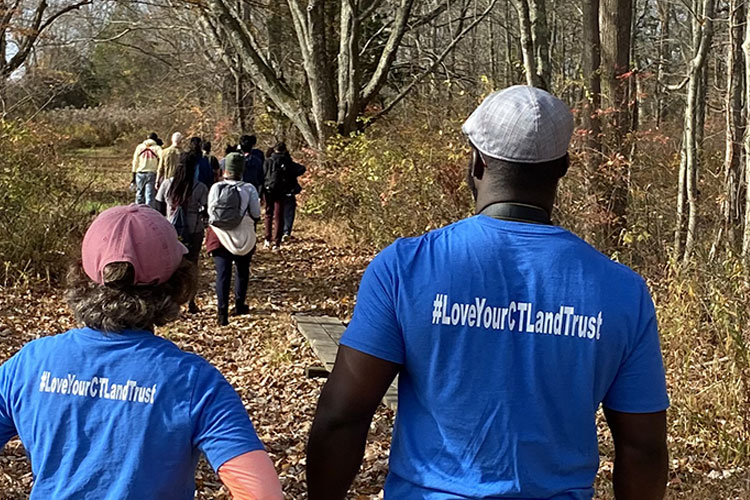News
Dorceta Taylor, a sociologist at the University of Michigan, rocked the non-profit world when she released the first Green 2.0 report in 2014, showing diversity data from the country’s leading organizations. While most land trusts and environmental nonprofits in New England are much smaller, maybe even all-volunteer, the report’s themes show the same demographic trends we see among our colleagues.
The themes from Taylor’s report have been expanded into a greater long-term analysis of how environmental organizations interact with people of color. Green 2.0 is a fantastic starting point for anyone in the environmental non-profit world to see who is working in the field, who’s not, and more importantly, strategies to change those numbers. It’s the data you were looking for. They include honest interviews with Executive Staff on how their internal diversity, or lack thereof, has affected their work. Non-profit leaders on any scale will likely relate to the challenges they describe in creating a ready working environment for a diverse community, then recruiting and retaining diverse volunteers, staff, and board members.
I first encountered Green 2.0 in grad school, and have yet to find a better demographic analysis of our field. Charts, interviews, and analysis from environmental justice scholars make the demographic challenges our field faces crystal clear. I’ve referenced it in academic papers, workshops, and in conversations among colleagues. The organizations profiled are groups that I have looked up to—seeing them in this light is a reminder that the environmental movement I learned about has been unfairly dominated by white people and white behaviors; the makeup of current non-profit leadership is merely the result of that history.
